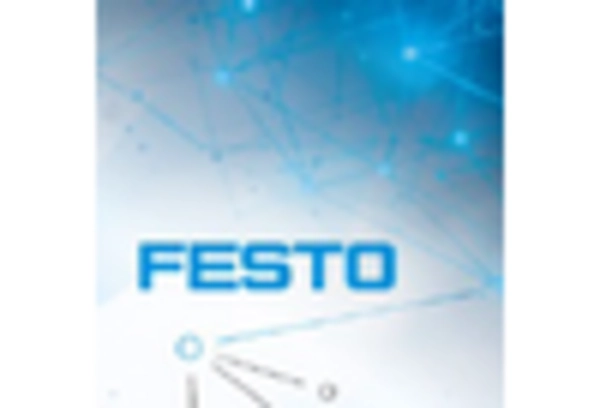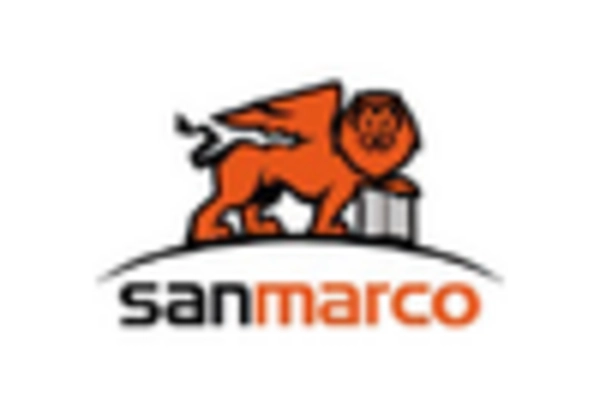Growth in HVAC Systems
The solenoid valve market is also being propelled by the growth of heating, ventilation, and air conditioning (HVAC) systems in Japan. As urbanization continues to rise, the demand for efficient HVAC solutions is increasing, leading to a higher requirement for solenoid valves. These valves are integral to controlling the flow of refrigerants and air in HVAC systems, ensuring optimal performance and energy efficiency. The HVAC market in Japan is projected to grow at a CAGR of around 6% through 2025, driven by the need for energy-efficient solutions in residential and commercial buildings. This growth is likely to create substantial opportunities for the solenoid valve market, as manufacturers seek to provide advanced solutions that meet the evolving demands of the HVAC sector.
Emergence of Smart Technologies
The emergence of smart technologies is reshaping the solenoid valve market in Japan. With the rise of the Internet of Things (IoT) and Industry 4.0, there is a growing demand for smart solenoid valves that can be integrated into automated systems. These advanced valves offer features such as remote monitoring and control, which enhance operational efficiency and reduce downtime. The smart technology market in Japan is expected to witness substantial growth, with projections indicating a CAGR of over 10% in the coming years. This trend suggests that the solenoid valve market will likely see increased adoption of smart solutions, as industries aim to leverage technology for improved performance and reliability.
Expansion of the Automotive Sector
The automotive industry in Japan is a significant driver for the solenoid valve market. With the ongoing advancements in vehicle technology, including the shift towards electric and hybrid vehicles, the demand for solenoid valves is expected to increase. These components are essential for various automotive applications, such as fuel injection systems and transmission control. Recent statistics indicate that the Japanese automotive market is anticipated to reach a valuation of over $100 billion by 2026, with a substantial portion allocated to innovative technologies. As manufacturers focus on improving vehicle performance and efficiency, the solenoid valve market is likely to benefit from this trend, as automakers require high-quality valves to meet stringent performance standards.
Rising Automation in Manufacturing
The solenoid valve market in Japan is experiencing a notable surge due to the increasing automation in manufacturing processes. As industries strive for enhanced efficiency and reduced operational costs, the demand for automated systems is on the rise. Solenoid valves play a crucial role in these systems, controlling fluid flow with precision. According to recent data, the automation sector in Japan is projected to grow at a CAGR of approximately 8% over the next five years. This growth is likely to drive the solenoid valve market, as manufacturers seek reliable components to support their automated operations. Furthermore, the integration of smart technologies in manufacturing is expected to further boost the demand for advanced solenoid valves, which can be remotely controlled and monitored, thereby enhancing operational efficiency in the solenoid valve market.
Increased Focus on Safety Regulations
In Japan, the solenoid valve market is influenced by the heightened focus on safety regulations across various industries. As safety standards become more stringent, industries are compelled to adopt reliable components that ensure safe operations. Solenoid valves are critical in applications where safety is paramount, such as in chemical processing and oil and gas industries. The implementation of stricter safety regulations is likely to drive demand for high-quality solenoid valves that comply with these standards. Furthermore, industries are increasingly investing in safety audits and compliance measures, which may further bolster the solenoid valve market as companies seek to mitigate risks associated with operational failures.

















Leave a Comment